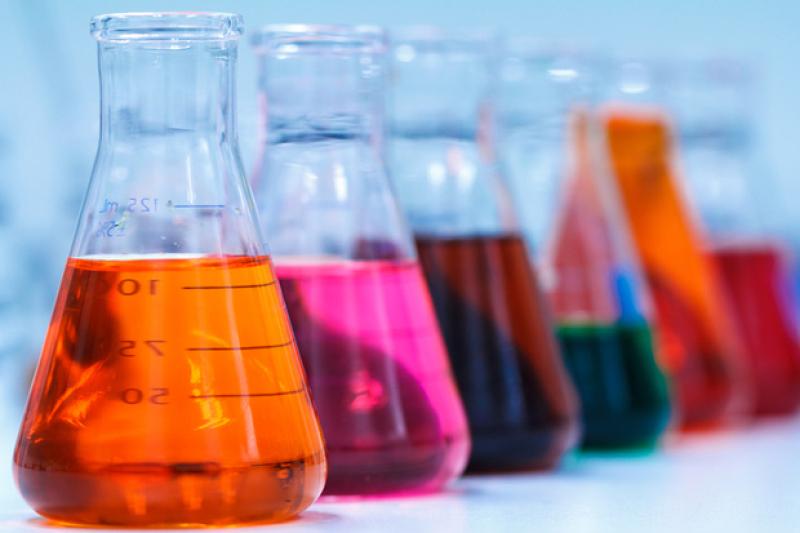Water purification is a critical process in both municipal and industrial applications, ensuring safe and clean water for consumption, manufacturing, and environmental protection. Among the various techniques employed, the use of flocculants and coagulants stands out as one of the most essential. These chemical agents help in removing suspended particles, turbidity, and contaminants from water, making it suitable for intended uses. In this article, we explore the functions, types, and industrial applications of flocculants and coagulants, along with insights into the global market dynamics published in recent industry research reports.
The Fundamental Differences Between Flocculants and Coagulants in Water Purification
Though often used interchangeably, Flocculants And Coagulant serve distinct purposes in water treatment. Coagulants are substances that neutralize the charges of fine particles suspended in water, which are typically negatively charged and stick to each other loosely. This destabilization results in the aggregation of particles into microflocs. Common coagulants include aluminum sulfate, ferric chloride, and polyaluminum chloride. They initiate the process of particle bonding and help overcome repulsive forces that keep contaminants separated in water.
Flocculants, on the other hand, are responsible for the growth and strengthening of these microflocs formed during coagulation, turning them into larger, more settleable flocs. Flocculants are polyelectrolytes often classified into natural, synthetic, and inorganic types, such as polyacrylamide or starch derivatives. They improve the efficiency of sedimentation and filtration by accelerating the combining of fine particles into masses that can easily be removed. The synergy between coagulants and flocculants is crucial to optimize treatment and ensure clearer water output.
Industrial Applications Driving Demand for Flocculants and Coagulants Globally
The use of flocculants and coagulants extends far beyond traditional drinking water treatment plants. Several industries depend heavily on these chemicals for managing wastewater, treating industrial effluents, and improving resource recovery. The mining sector, for example, employs flocculants to separate valuable minerals from ore suspensions. Meanwhile, in textiles and dyeing processes, coagulation methods help in removing color and chemical impurities before effluent release.
The paper and pulp industry uses these chemicals for deinking recycled paper and treating black liquor residues. Food and beverage manufacturers also utilize coagulants to clarify liquids and reduce organic load in wastewater. Furthermore, oil and gas operations have adopted flocculants during hydrocarbon extraction and refining to manage produced water. These diverse applications contribute significantly to increasing consumption of flocculant and coagulant chemicals worldwide.
Commercial Benefits and Purchasing Channels for High-Quality Flocculants and Coagulants
As industries seek reliable and cost-effective solutions for water clarification, the choice of appropriate flocculants and coagulants becomes paramount. Commercially available products differ based on their chemical composition, dosage requirements, and suitability for specific water characteristics. Polymeric flocculants, for example, offer advantages like lower doses and faster settling times, whereas metal salt-based coagulants provide robust charge neutralization effects.
Bulk procurement is common for large-scale operations, often sourced through specialized chemical suppliers or distributors with expertise in water treatment solutions. Some suppliers offer customized formulations catering to specific industry needs, enhancing operational efficiency. Understanding the chemical properties, compatibility, and regulatory compliance of these agents helps enterprises make informed purchasing decisions, contributing to better process outcomes and sustained environmental compliance.
Key Factors Influencing Flocculant and Coagulant Growth Globally
Several factors propel the growth trajectory of the flocculant and coagulant sector worldwide. Increasing urbanization and industrialization are amplifying water consumption, thereby escalating demand for effective purification methods. Governments’ initiatives toward upgrading aging water infrastructure and promoting wastewater recycling further boost market expansion. Additionally, innovations in polymer chemistry and eco-friendly formulations are enhancing performance metrics while minimizing environmental footprints.
On the other hand, volatile raw material prices and stringent safety regulations may pose challenges. Companies continuously strive to optimize production processes while adhering to global standards ensuring product safety and efficacy. Emphasis on research and development to introduce bio-based flocculants and greener coagulant alternatives is shaping the future landscape and providing new growth avenues.
Get This Report in Japanese Language -凝集剤および凝固剤市場
Get This Report in Korean Language -응집제 및 응고제 시장
Read More Articles Related to this Industry –
Types of Agrochemicals and Their Role in Modern Farming
The Impact of Agrochemicals on Soil Health and Crop Yield_
About Author:
Priya Pandey is a dynamic and passionate editor with over three years of expertise in content editing and proofreading. Holding a bachelor's degree in biotechnology, Priya has a knack for making the content engaging. Her diverse portfolio includes editing documents across different industries, including food and beverages, information and technology, healthcare, chemical and materials, etc. Priya's meticulous attention to detail and commitment to excellence make her an invaluable asset in the world of content creation and refinement.
(LinkedIn- https://www.linkedin.com/in/priya-pandey-8417a8173/)
